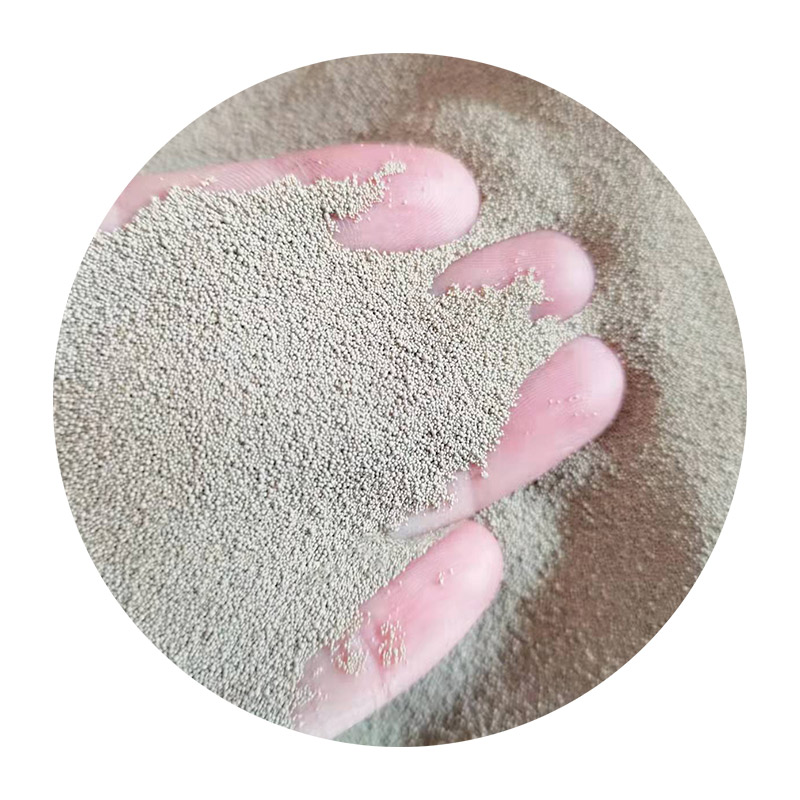The Significance of Sand Castings in Manufacturing
In the world of manufacturing, the process of sand casting has stood the test of time as one of the most versatile and economically feasible methods for producing metal components. Dating back thousands of years, sand casting involves creating a mold from sand and then pouring molten metal into that mold to form the desired shape. This method is particularly favored for its ability to produce intricate designs and large, heavy components that would be nearly impossible to achieve with other fabrication processes.
The Significance of Sand Castings in Manufacturing
Moreover, sand casting offers remarkable flexibility in terms of material choice. A wide variety of metals can be used in the sand casting process, including aluminum, bronze, brass, and iron. This versatility enables manufacturers to select the best material properties for their specific application, whether it's for strength, heat resistance, or corrosion resistance. Additionally, sand casting can accommodate a variety of component sizes and weights, making it suitable for industries ranging from automotive to aerospace and beyond.
sand castings manufacturer

The process of sand casting generally involves several key steps. First, a pattern, typically made of metal or plastic, is created to shape the mold. The pattern is embedded in a mixture of sand and binder, which forms the mold. Once the mold is prepared, the pattern is removed, and molten metal is poured into the cavity left behind. After the metal cools and solidifies, the mold is broken away to reveal the cast component. This process can be repeated numerous times, ensuring consistent production of high-quality parts.
Quality control is essential in the sand casting process. Manufacturers often conduct rigorous inspections, including visual examinations and non-destructive testing, to ensure that the finished products meet the required specifications. Advanced technologies, such as 3D printing and computer-aided design (CAD), are increasingly being integrated into the sand casting process to improve accuracy and reduce lead times. These innovations are reshaping how sand castings are produced, making manufacturing processes more efficient and opening up new possibilities for design complexity.
In conclusion, sand casting continues to be a cornerstone of the manufacturing industry, combining cost-effectiveness, material versatility, and the ability to produce complex geometries. As technology advances and new techniques emerge, the sand casting process is evolving, allowing manufacturers to meet modern demands for both precision and customization. Whether for large industrial applications or specialized components, sand casting remains an indispensable tool in the arsenal of manufacturers around the globe, enabling them to deliver high-quality products across a wide range of sectors.
Post time:sep . 01, 2024 19:31
Next:Sand Casting Process Explained - Techniques and Benefits
